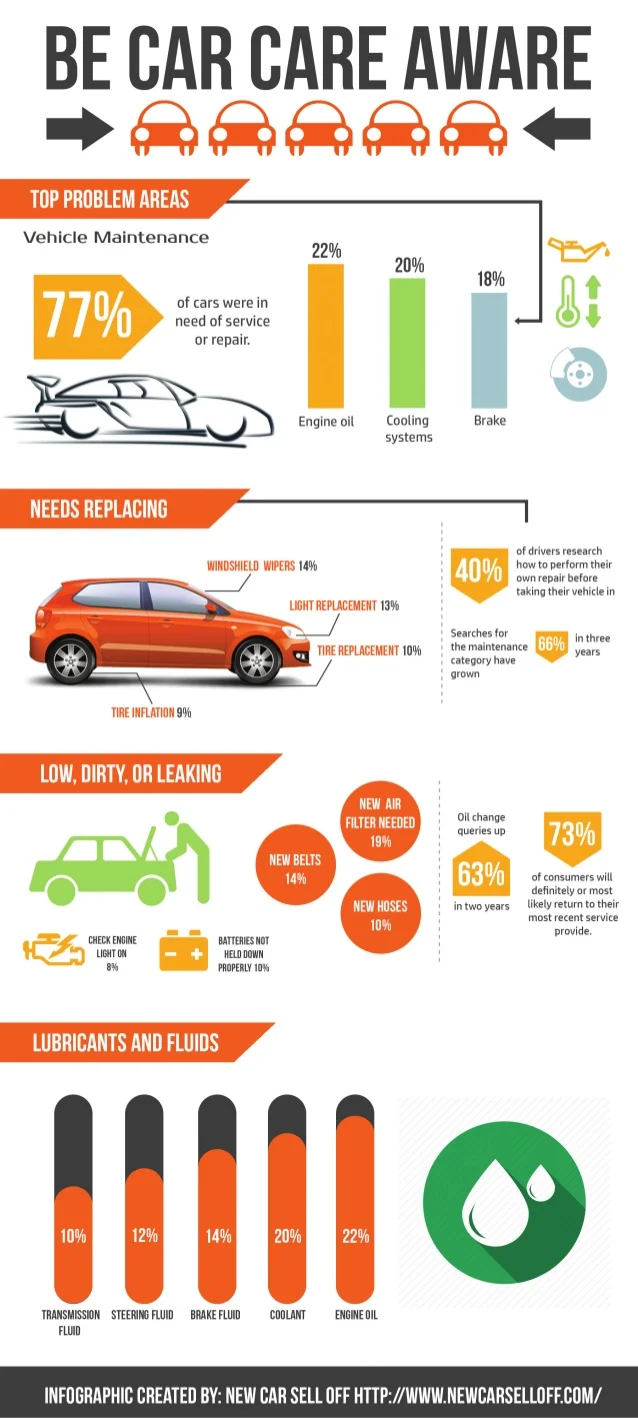Understanding Your Cars And Truck'S Caution Lighting: What Do They Actually Mean?
Understanding Your Cars And Truck'S Caution Lighting: What Do They Actually Mean?
Blog Article
Content Writer-Sykes Kejser
When you lag the wheel, those glowing warning lights on your control panel can be a little bit difficult. Do you understand what they're attempting to tell you about your car's health? Understanding the importance of these lights is important for your safety and the longevity of your vehicle. So, the next time among those lights pops up, wouldn't you wish to analyze its message accurately and take the essential actions to address it?
Common Caution Lights and Interpretations
Recognize common caution lights in your vehicle and recognize their definitions to guarantee risk-free driving.
The most typical caution lights include the check engine light, which signals issues with the engine or emissions system. If this light begins, it's important to have your car checked immediately.
The oil stress cautioning light suggests reduced oil stress, requiring immediate attention to stop engine damage.
A flashing battery light may recommend a malfunctioning charging system, potentially leaving you stranded if not attended to.
The tire pressure surveillance system (TPMS) light alerts you to reduced tire pressure, affecting vehicle security and gas performance. Overlooking https://www.insurancejournal.com/news/southeast/2022/04/27/664836.htm can lead to harmful driving problems.
The abdominal muscle light indicates a problem with the anti-lock stopping system, endangering your ability to quit swiftly in emergency situations.
Finally, the coolant temperature level cautioning light warns of engine overheating, which can lead to severe damage if not solved promptly.
Recognizing these usual warning lights will certainly assist you resolve issues immediately and maintain secure driving problems.
Significance of Prompt Focus
Comprehending the usual caution lights in your automobile is only the very first step; the significance of immediately resolving these cautions can not be stressed sufficient to guarantee your safety when driving.
When a caution light illuminates on your dashboard, it's your auto's method of interacting a possible issue that requires interest. Neglecting these cautions can cause a lot more serious problems later on, jeopardizing your safety and security and possibly costing you a lot more out of commission.
Prompt attention to alerting lights can stop break downs and accidents. For example, a blinking check engine light might indicate a misfire that, if left neglected, could trigger damage to the catalytic converter. Resolving this immediately can conserve you from an expensive repair.
Likewise, car interior detail warning light could indicate reduced brake fluid or worn brake pads, crucial components for your security when driving.
Do It Yourself Troubleshooting Tips
If you see a warning light on your control panel, there are a few do it yourself fixing ideas you can try prior to seeking expert help.
The first step is to consult your automobile's manual to recognize what the certain caution light suggests. Sometimes the problem can be as basic as a loosened gas cap setting off the check engine light. Tightening up the gas cap may solve the trouble.
An additional typical concern is a low battery, which can trigger various alerting lights. Checking the battery links for rust and ensuring they're safe might take care of the problem.
If a caution light persists, you can try resetting it by disconnecting the auto's battery for a couple of minutes and afterwards reconnecting it. Additionally, checking your car's fluid levels, such as oil, coolant, and brake fluid, can assist repair cautioning lights related to these systems.
Conclusion
To conclude, comprehending your vehicle's caution lights is vital for maintaining your lorry running smoothly and securely. By promptly addressing these signals and recognizing what they indicate, you can avoid costly repair work and possible breakdowns.
Keep in mind to consult your car's handbook for particular details on each alerting light and act as necessary to ensure a trouble-free driving experience.
Remain informed, stay secure when driving!
